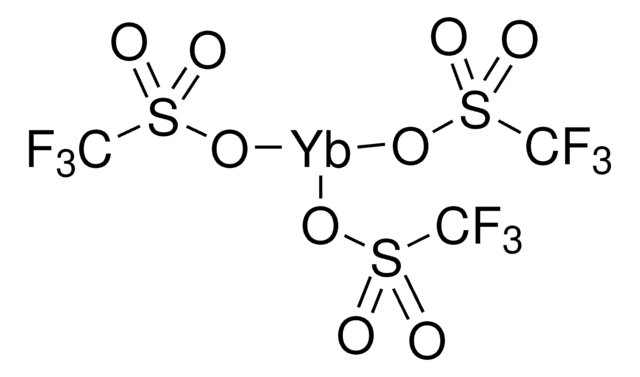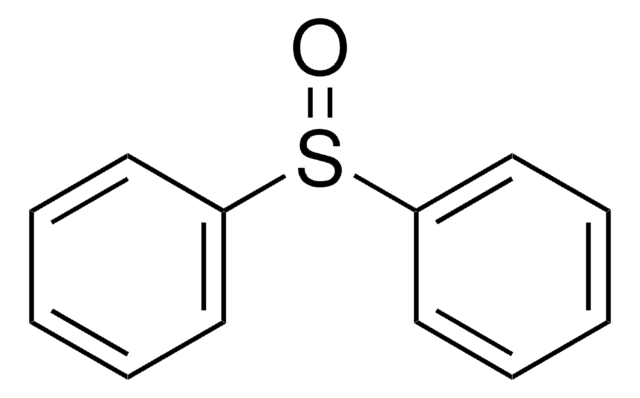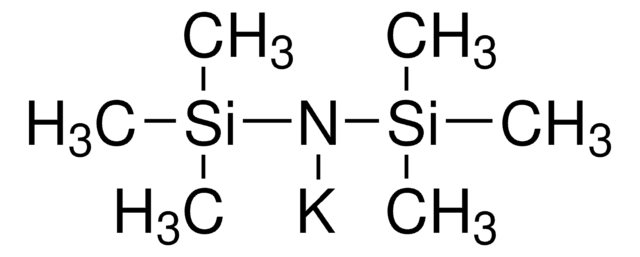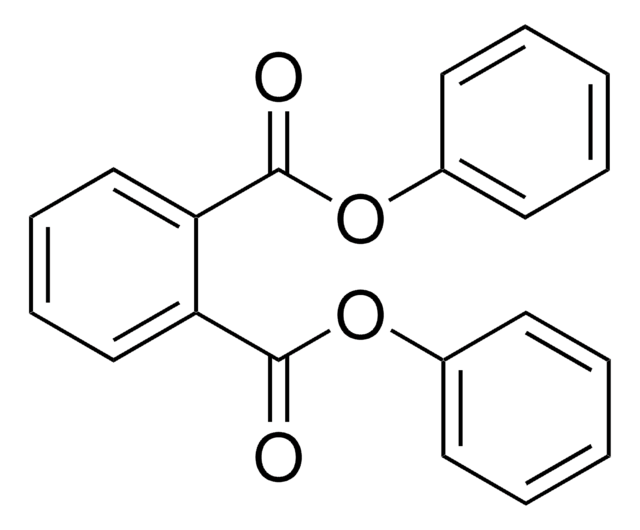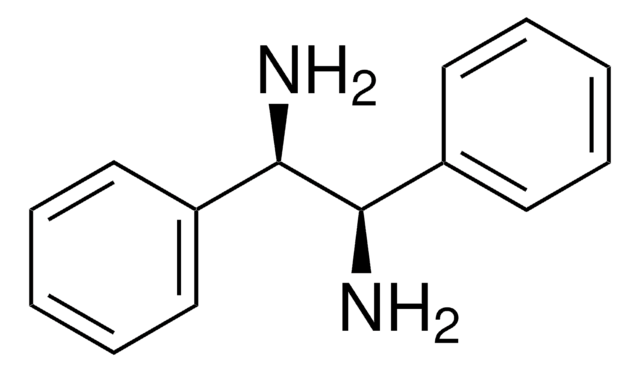All Photos(1)
About This Item
Linear Formula:
C6H4-1,3-(CO2C6H5)2
CAS Number:
Molecular Weight:
318.32
EC Number:
MDL number:
UNSPSC Code:
12352100
PubChem Substance ID:
NACRES:
NA.22
Recommended Products
Quality Level
assay
99%
form
solid
mp
136-138 °C (lit.)
functional group
ester
phenoxy
SMILES string
O=C(Oc1ccccc1)c2cccc(c2)C(=O)Oc3ccccc3
InChI
1S/C20H14O4/c21-19(23-17-10-3-1-4-11-17)15-8-7-9-16(14-15)20(22)24-18-12-5-2-6-13-18/h1-14H
InChI key
FHESUNXRPBHDQM-UHFFFAOYSA-N
Related Categories
Application
Diphenyl isophthalate may be employed for the preparation of:
- poly(benzoxazole) (PBO) precursor, poly(o-hydroxyamide)
- 3[4″-hydroxybenzoyl)-4′-hydroxybenzophenone
- poly(o-hydroxyamide), via polycondensation of 2,2-bis(3-amino-4-hydroxyphenyl)hexafluoropropane in 1-methyl-2-pyrrolidinone
Storage Class
11 - Combustible Solids
wgk_germany
WGK 3
flash_point_f
Not applicable
flash_point_c
Not applicable
ppe
Eyeshields, Gloves, type N95 (US)
Choose from one of the most recent versions:
Certificates of Analysis (COA)
Lot/Batch Number
Don't see the Right Version?
If you require a particular version, you can look up a specific certificate by the Lot or Batch number.
Already Own This Product?
Find documentation for the products that you have recently purchased in the Document Library.
Photosensitive poly (benzoxazole) based on precursor from diphenyl isophthalate and bis (o-aminophenol).
Ebara K, et al.
Polymer, 44(2), 333-339 (2003)
Catalysts for the preparation of polybenzimidazoles.
Choe E-W.
Journal of Applied Polymer Science, 53(5), 497-506 (1994)
The action of aluminum chloride on the diphenyl ester of isophthalic, terephthalic and naphthalic acids.
Blicke FF and Patelski RA.
Journal of the American Chemical Society, 60(10), 2283-2285 (1938)
New Convenient Synthetic Route for Photosensitive Poly (benzoxazole).
Ueda M, et al.
J. Photopolym. Sci. Technol., 16(2), 237-242 (2003)
Qianjun Liu et al.
Journal of separation science, 41(8), 1812-1820 (2018-01-14)
A quick, easy, cheap, effective, rugged, and safe procedure was designed to extract pesticide residues from fruits and vegetables with a high percentage of water. It has not been used extensively for the extraction of phthalate esters from sediments, soils
Our team of scientists has experience in all areas of research including Life Science, Material Science, Chemical Synthesis, Chromatography, Analytical and many others.
Contact Technical Service